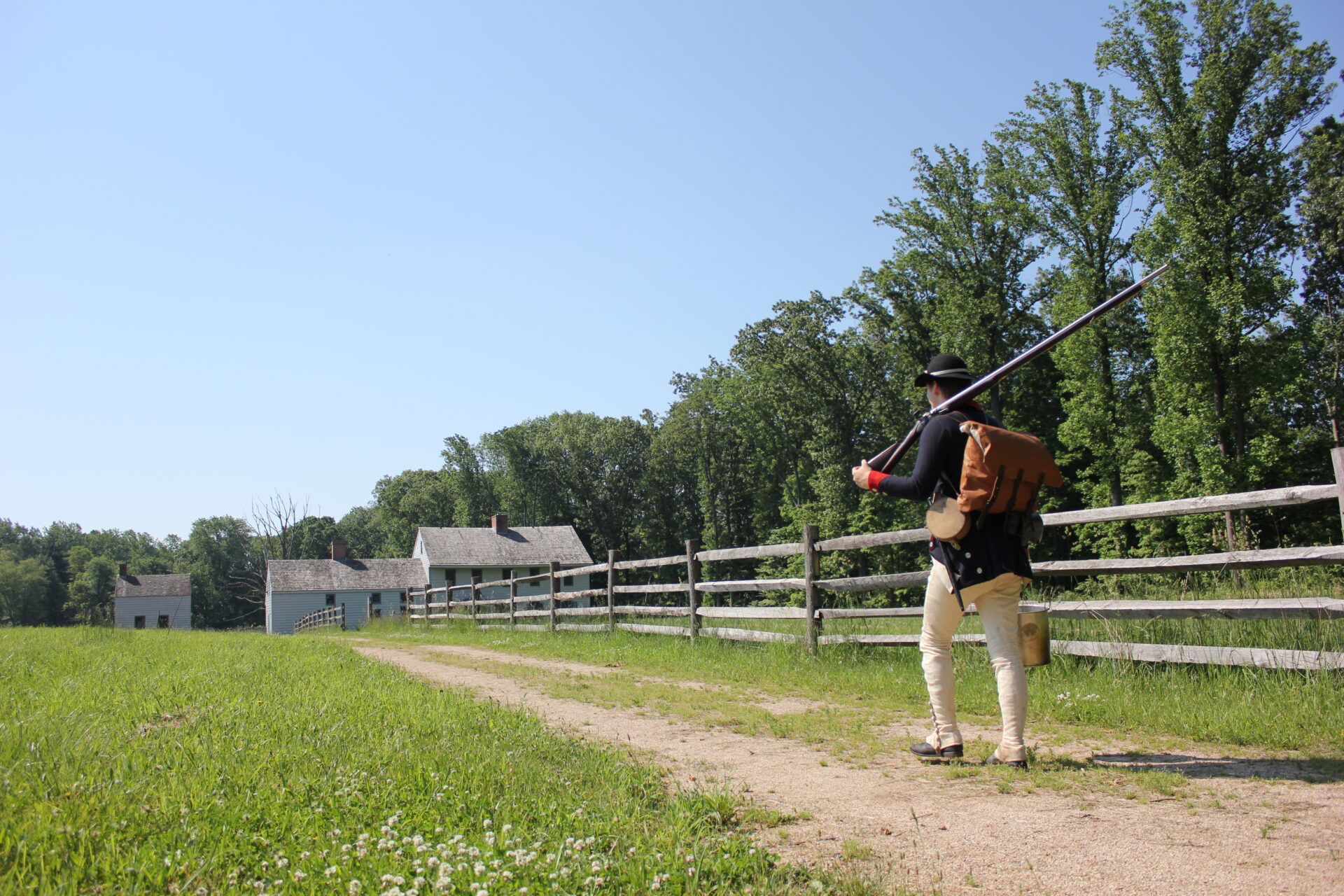Washington-Rochambeau Revolutionary Route

On July 10, 1780, almost 6,000 French troops and officers landed at Narragansett Bay in Rhode Island, to assist the Americans in fighting the British. The following June, 1781, they set off on foot on a route that would take them almost 600 miles from New England to Virginia. With the French fleet in the Chesapeake Bay blocking British reinforcement or escape, the American and French armies joined Lafayette’s army in late September for a three-week siege of Yorktown that resulted in a shocking British surrender, and ultimate victory for Independence.
In New Jersey, the ‘W3R’ route follows a series of roadways from the New York border south to Trenton, including parts of several present-day county roads and U.S. Routes 202 and 206. These roadways were the subject of an extensive study that documented the march of the various military units through New Jersey and identified routes, campsites, communities, and ‘witness’ sites with remaining historic resources. In March 2009, the Washington-Rochambeau Revolutionary Route was officially designated as a National Historic Trail. The W3R initiative in New Jersey is led by the non-profit W3R-NJ Association.
